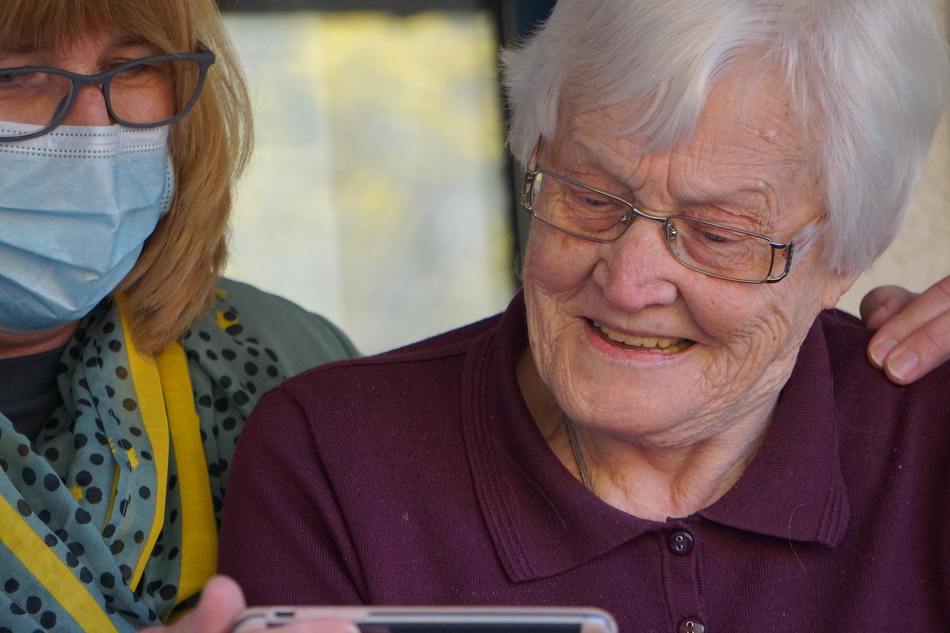COVID-19 and the Role of the APRN in 2021
Posted almost 4 years ago

It is hard to argue that anyone has been more affected by the COVID-19 pandemic than nurses. Beyond the well-known issues associated with COVID, working long hours, experiencing COVID patients firsthand, and having a profession where you are much more likely to catch the virus are all things that nurses have had to put up with for the last two years. And APRNs have added responsibilities. According to the article “COVID-19 and Advanced Practice Registered Nurses: Frontline Update,” APRNs must:
“...take into account the reluctance of patients to seek care for fear of exposure, the added need for personal protective equipment (PPE) and any resulting alterations to patient assessment, new policies, testing guidelines, and more. In addition, as new information is learned, APRNs must educate themselves on current best practices, participate in effective patient teaching about viral symptoms and transmission, and help mitigate the psychologic impact that the pandemic may have….”
Needless to say, APRNs have a lot on their plate. Read on for ISAPN’s analysis of what APRNs have experienced in 2021.
APRN Burnout in Illinois and Beyond
The most obvious and unsurprising experience of APRNs in 2021 is burnout. The University of St. Augustine for Health Sciences defines nurse burnout as “the state of mental, physical, and emotional exhaustion caused by sustained work-related stressors such as long hours, the pressure of quick decision-making, and the strain of caring for patients who may have poor outcomes.” While it is difficult to find data specific to APRNs, many publications note the severity of burnout in the healthcare field. While, even before the pandemic, healthcare workers had a high burnout rate, US News and World Report notes that “About 20% of healthcare workers have quit during [the COVID-19 pandemic]...and 4 out of 5 of those who remain say that staff shortages have affected their ability to work safely and to satisfy patient needs.”
As 2021 ends and 2022 begins, we can only hope that the pandemic begins to cool and that healthcare workers are put under less stress.
Politicians Respond
Although COVID-19 has put a large strain on APRNs, some states have responded. According to the American Association of Nurse Practitioners, some states have suspended requirements that APRNs must follow. For example, Arkansas “suspended the requirement that APRNs shall submit evidence of a current collaborative practice agreement as a prerequisite to license renewal.” Neighboring Indiana waived “requirement for Indiana APRNs to maintain multiple practice agreements for additional practice locations during the emergency.” And Maine suspended “All mandatory supervision or collaborative practice requirements… for qualified APRNs assisting or who will assist with COVID-19 response for the duration of the emergency declaration.”
APRNs in 2021
Although 2021 was an extremely difficult year for APRNs, ISAPN is appreciative of the steps that patients, communities, and states took to make our nurses' lives easier. With the healthcare system experiencing unprecedented strain, every action helps.
Beyond this, ISAPN would like to thank the APRNs who are out on the front lines every day caring for patients. While we know that 2021 was a difficult year for nurses, APRNs have handled it like stars. For that, ISAPN applauds you and hopes that it only gets easier in 2022.